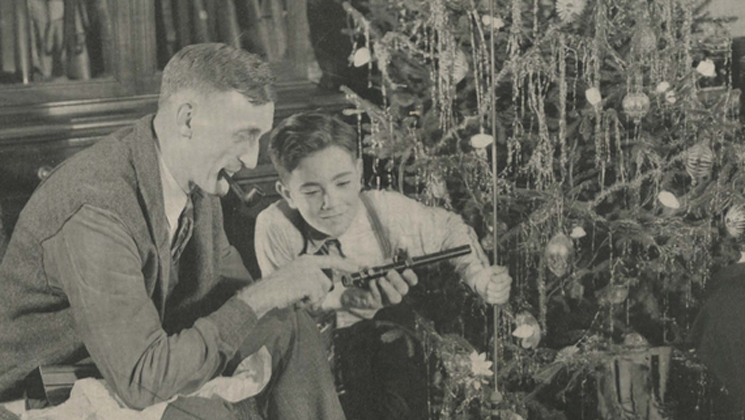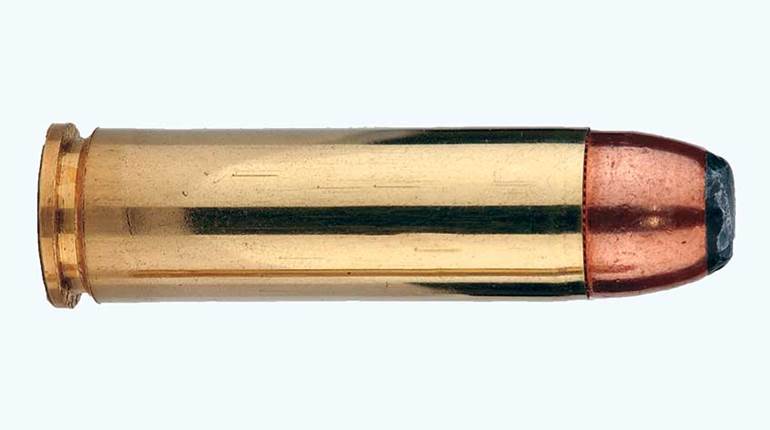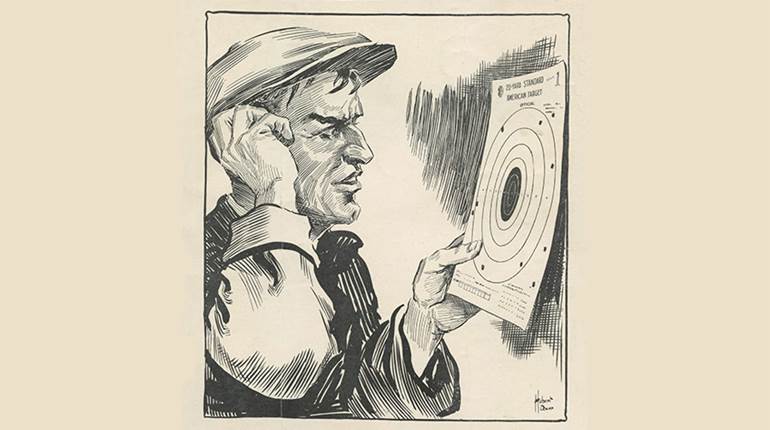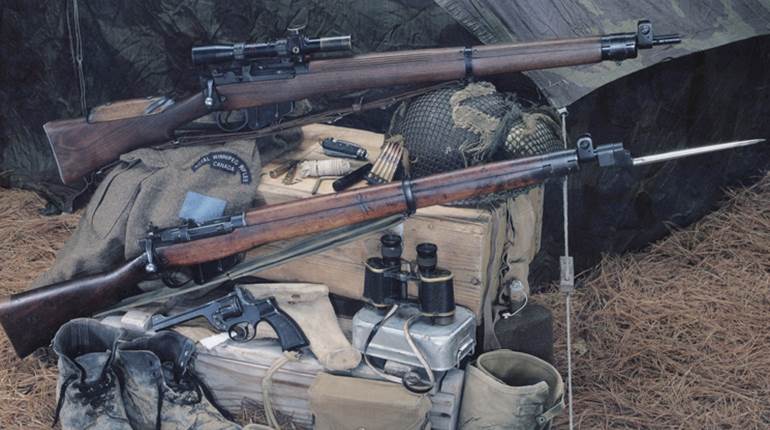
Originally published in American Rifleman, Dec. 1955 (cover shown from Dec. 1938)
All over America, millions of boys and girls are eagerly awaiting the Christmas Holidays. They have indicated to their loved ones, in one way or another, the things which they most desire as gifts. Many of them have their hearts set on a real gun for Christmas. In some homes, this interest has been encouraged by parents who are experienced shooters. In other homes it may present a problem. In either case, the decision, whether yes or no, should be made only after a careful evaluation. It is easier to decide this question if we understand why most people like to shoot, and why so many millions do shoot. 
There is a priceless tradition in America's attitude toward firearms. It represents a freedom which few nations enjoy. It lives in our history books and our literature. We find it in the movies, in television, in radio, and in the active participation by millions of Americans in the shooting sports. The great saga of the winning of the West—of the pioneers and trailblazers, of the fight against wild animals and hardships—is a part of the great tradition and romance that is the heritage of our children.
The change in the mode of living in our society and the ever increasing availability of leisure time have focused attention on many activities that have lifetime value. Prominent among these are outdoor pursuits such as hunting and target shooting. As more and more people avail themselves of this wholesome form of recreation, it becomes a recognized activity in the normal lives of our children.
There is also a practical necessity in America's attitude toward firearms. Since the birth of our nation, its system of national defense has been based on a small regular military force and a large and strong civilian reserve. Marksmanship training is an essential element of preparedness and affects the individual more directly than any other. Each boy, when he reaches the age of eighteen, becomes liable for service in the Armed Forces and will have a firearm placed in his hands. This fact must be included in plans for the future of every boy.
Because of the influence of American tradition, the increased participation in activities out-of-doors, and the anticipation of military service, our sons and daughters develop an increasing interest in firearms as they grow older. Too often, however, this interest develops faster than the child's sense of responsibility and knowledge of guns.
Too many adults have overlooked the need for firearms safety education in the home and in the school. A firearm is an inanimate object which is incapable, within itself, of harming anyone. It can be safe, or dangerous, depending entirely upon how well trained or how poorly trained is the person who handles it.
Instruction in safe gun handling now is being given in shooting clubs, schools, and youth groups throughout America. In most cases it is based on the Hunter Safety Course of the National Rifle Association of America which has been designed to teach firearms safety education in order to avoid hunting casualties. Every parent should see to it that his boy or girl knows about firearms and firearms safety. When a youngster has an interest in firearms, a proper sense of responsibility, and a knowledge of safe gun handling ... then, he should be granted his wish and get a real gun for Christmas.
—Louis F. Lucas, NRA Deputy Executive Director




































